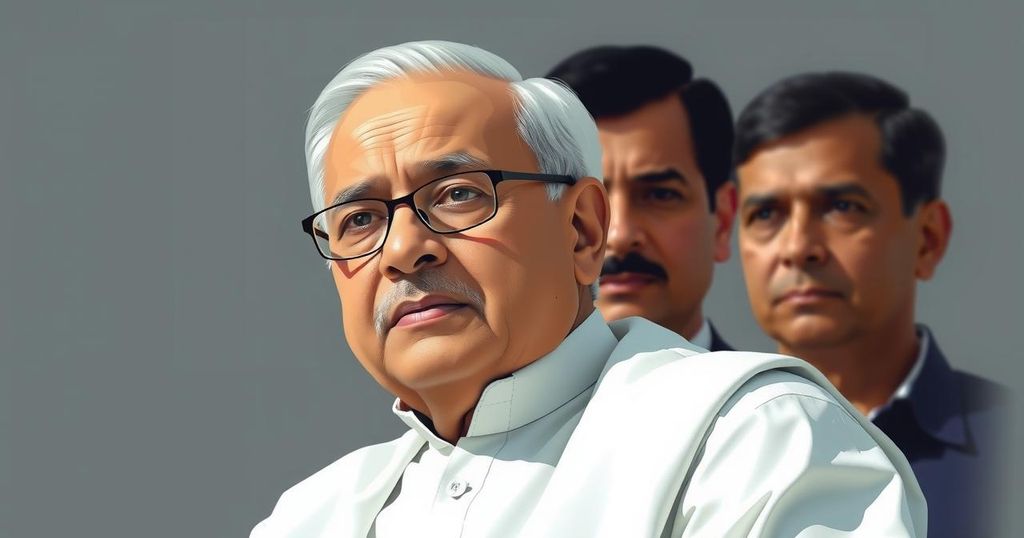Manmohan Singh’s economic policies, shaped by his academic insights, transformed India through liberalization and social welfare measures, resulting in significant poverty alleviation. His D. Phil research emphasized export promotion, which influenced his reform agenda in 1991. By reducing tariffs and integrating India into the global market, Singh’s initiatives dramatically increased the country’s foreign reserves and improved its economic standing.
Manmohan Singh’s tenure as Prime Minister of India is marked by his profound academic insights that shaped his economic policies. His approach to liberalization, accompanied by initiatives for social safety nets, resulted in the upliftment of 271 million people from poverty between 2005-06 and 2013-14. Initially known for his pivotal role in implementing the 1991 economic reforms that rescue India from an impending financial crisis, Singh’s strategies were underpinned by his deep understanding of trade and economic growth acquired during his academic pursuits at Oxford University.
Singh’s D. Phil thesis, “India’s Export Trends and Prospects for Self-Sustained Growth,” explored the intricacies of India’s trade policy and emphasized the importance of export promotion over import substitution. His research, developed under the tutelage of renowned economist Ian Malcolm David Little, addressed significant questions about the stagnation of India’s exports and proposed necessary reforms for vigorous economic growth. Singh contended that the success of India’s economy depended on enhancing export efforts to achieve self-sustenance without onerous external financial aid.
The insight from Singh’s research culminated in impactful policy reforms. Upon initiating economic reforms, Singh devalued the rupee to bolster export competitiveness, a move that eventually transitioned India towards a more export-oriented economic model similar to those of Japan and South Korea. Furthermore, Singh implemented measures to reduce import tariffs and liberalized foreign trade, which collectively enhanced India’s integration with the global economy. By the end of four years, India’s foreign reserves surged significantly to $25 billion, evidencing the effective execution of these policies.
In his role as Prime Minister, Singh focused on fostering a more inclusive economy through liberalization while ensuring social safety nets for vulnerable populations. His policies not only transformed India into an active participant in the global marketplace but also significantly reduced poverty rates, illustrating the success of his vision that merged academic theory with practical governance. By promoting export-led growth, Singh’s administration reaffirmed the potential of India’s economy on the world stage while aiming for social equity.
Manmohan Singh is recognized not only for his economic liberalization efforts but also for his academic prowess. His education at Oxford instilled in him a critical understanding of economics, particularly the importance of trade in achieving sustainable growth. His early career, intertwined with influential economists, laid the foundation for his later policy decisions that transformed India’s economic landscape. The 1991 economic reforms are a watershed moment that marked India’s shift from a closed economy to an open, competitive market.
In conclusion, Manmohan Singh’s policies reflect a synthesis of his academic background and practical governance. His unwavering commitment to liberalization, paired with social welfare strategies, enabled millions to escape poverty while positioning India as a formidable economic entity on the global stage. His intellect and insight into trade dynamics were instrumental in reshaping India’s economic policy and fostering sustainable growth.
Original Source: www.hindustantimes.com






